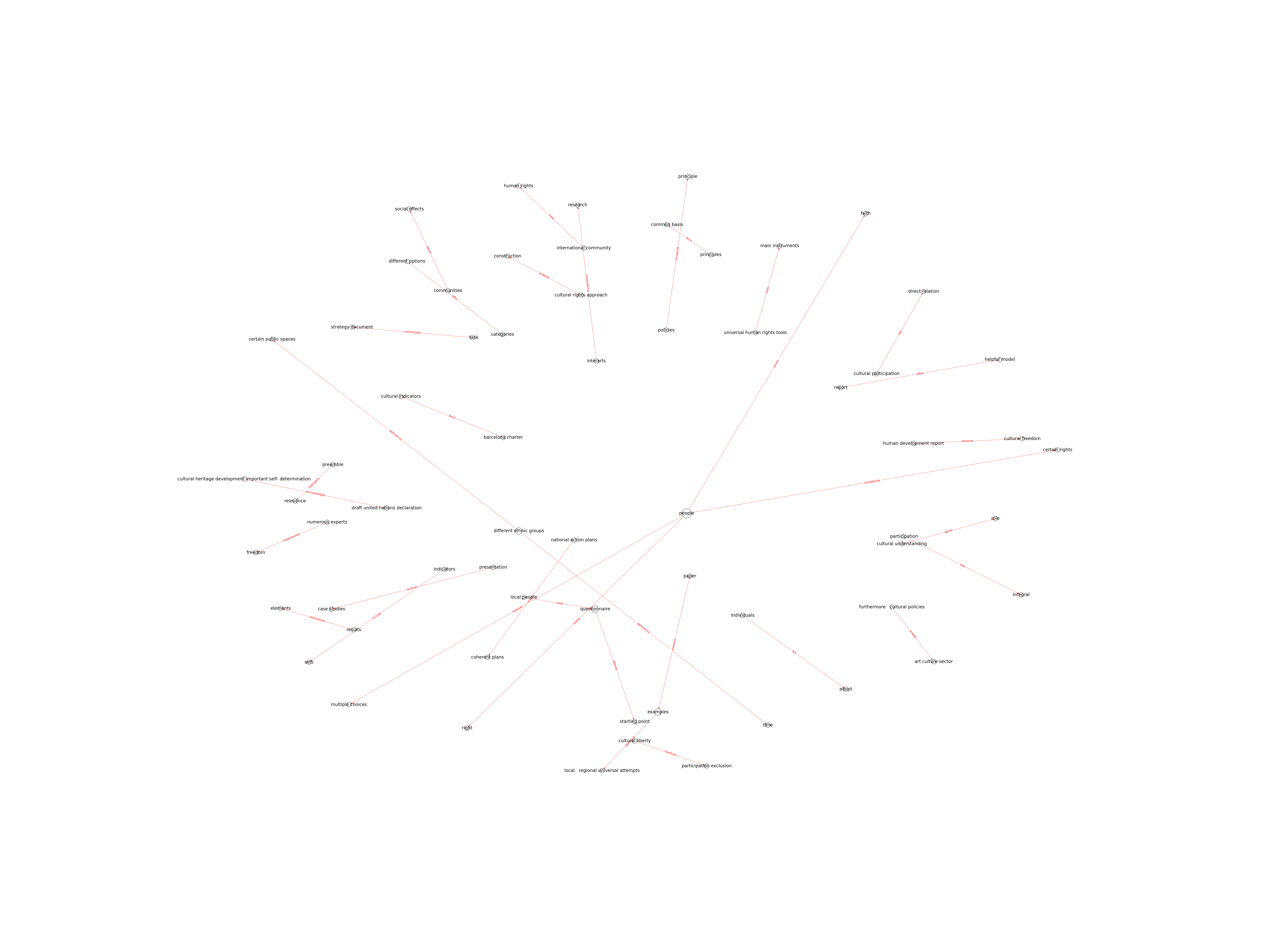| Id | 112 | |
| Author | Laaksonen, A., | |
| Title | Measuring Cultural Exclusion through Participation in Cultural Life. | |
| Reference | Laaksonen, A. (2005). Measuring Cultural Exclusion through Participation in Cultural Life. Presentation at Third Global Forum on Human Development: Defining and Measuring Cultural Exclusion. 17 – 19 January, 2005 Paris. |
|
| Keywords | Cultural Exclusion; Participation; Cultural Rights; Social Cohesion |
|
| Link to article | http://www.gsdrc.org/document-library/measuring-cultural-exclusion-through-participation-in-cultural-life/ |
|
| Abstract | The presentation outlines several case studies that have attempted to measure and address issues of cultural exclusion, including the Interarts Foundation’s research on cultural rights in the city, which resulted in the development of a Charter recognizing the cultural dimension of urban space and promoting participation, a sense of place, affiliation and belonging, and social cohesion and inclusion. This was based on a 60-item survey of residents that allowed them to rank different rights in order to guarantee a full cultural life. |
|
| Metodology | In order to map out the elements that community members feel fundamental in relation to the enjoyment of their cultural rights and commitments, Interarts Foundation carried out in 2002 a research exercise on the key elements of cultural rights in the city through a participatory process of community dialogue. The methodology used in order to chart the needs, necessities and priorities that the local people and communities have, a questionnaire of roughly 60 items was used. The items were grouped in a way that allowed contestants to rank the importance they gave to different rights and duties in order to guarantee a full cultural life in a shared space. The items were divided into four groups from individual to collective rights and duties, and as items related to urban and physical environment. The questionnaire offered a starting point in the charting of the possibilities and needs that form basis for policy-planning. Although the questionnaire itself was not effective nor scientific enough to provide an enlarged view of the importance of different rights and duties, it was used as a provisional tool in all the consultative meetings with different civil society, cultural and ethnic groups of the city. |
Technique | Questionnaire |

Note: Due to lack of computing power, results have been previously created and saved in database


